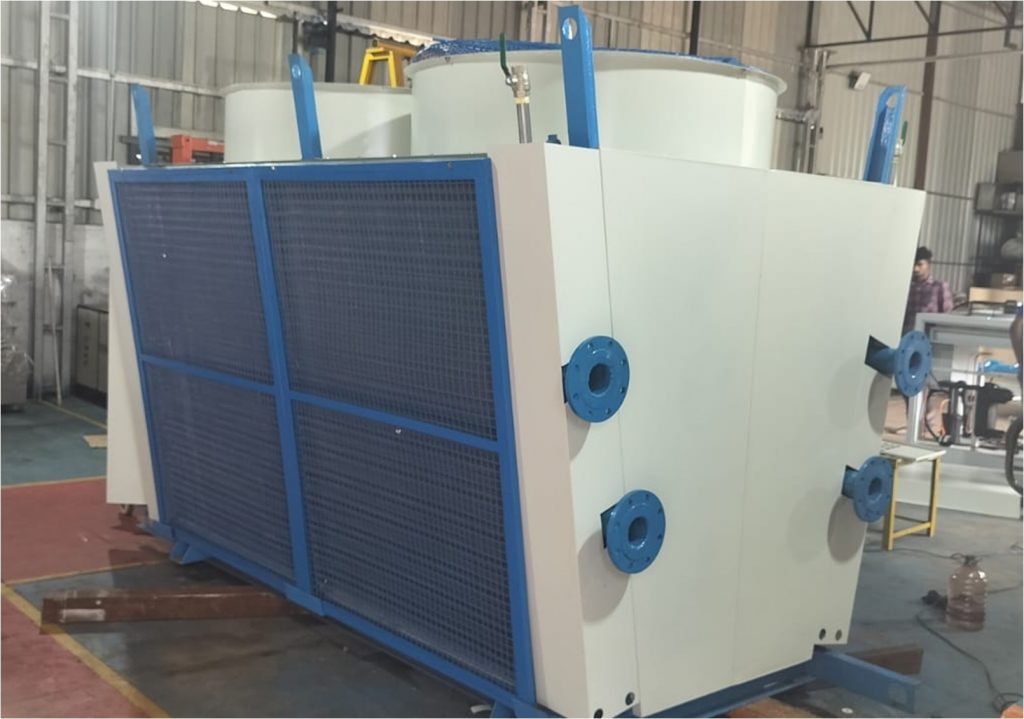| Dry cooling towers offer several benefits, especially in water-scarce regions or where environmental regulations restrict water usage. Here are the key advantages: 1. Water Conservation No Water Consumption: Unlike wet cooling towers that rely on evaporative cooling, dry cooling towers use air to cool the process fluid, eliminating water loss. Ideal for Arid Regions: Suitable for areas with limited water resources, reducing dependency on water supplies. 2. Environmental Benefits No Water Discharge: Avoids thermal pollution and chemical-laden blowdown water, reducing environmental impact. No Drift Emissions: Prevents the release of mist (water droplets) containing treatment chemicals into the atmosphere. 3. Lower Operational Costs (in Some Cases) Reduced Water Treatment Costs: No need for water treatment chemicals (biocides, scale inhibitors, etc.). Lower Water Procurement Costs: Saves expenses related to water sourcing and wastewater disposal. 4. Reduced Maintenance Minimized Scaling & Corrosion: Since there’s no water evaporation, scaling and corrosion risks are significantly lower. Less Fouling: No algae or bacterial growth, reducing cleaning frequency. 5. Regulatory Compliance Easier Permitting: Avoids strict regulations on water usage and discharge imposed on wet cooling systems. 6. Flexibility in Installation No Need for Large Water Sources: Can be installed in locations without access to rivers, lakes, or large water reservoirs. Limitations to Consider: Higher Energy Consumption: Fans consume more power than wet cooling pumps. Less Efficient in High Temperatures: Performance drops in extremely hot climates compared to wet cooling. |
